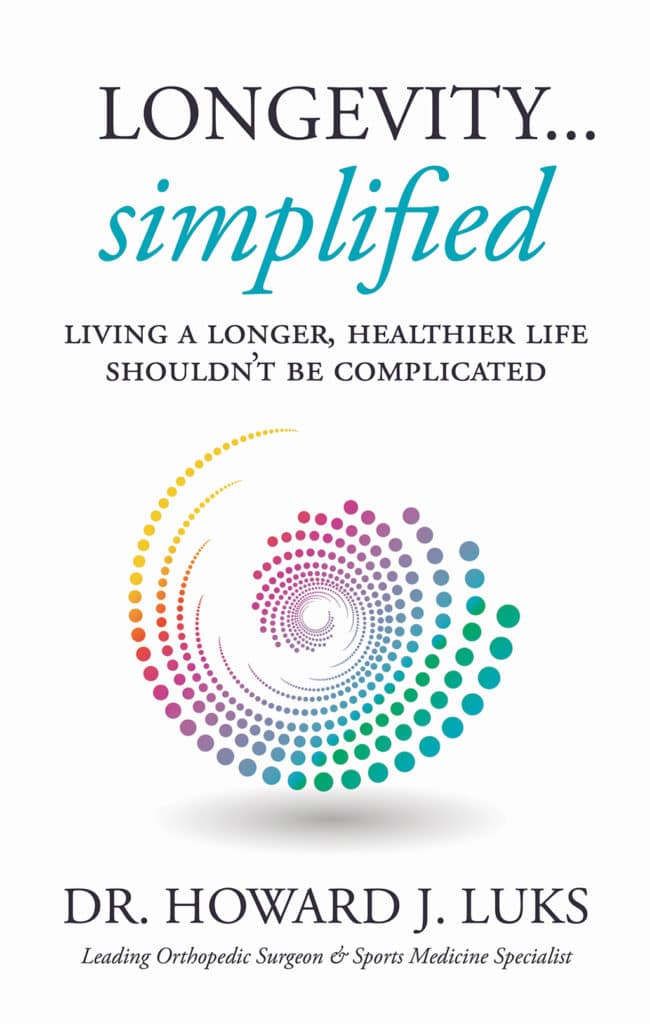
This month JBJS published an overview from Drs. Carl Deirmengian and Jess Lonner on the latest clinical developments and trends in knee reconstruction. The paper was based on a review of new knee literature in 2008. Below is a summary of the highlights.
Economic Markers and Performance
One large study of patients undergoing primary and revision knee arthroplasty (n=6,483) identified a correlation between resource utilization and complexity of the procedure, data that can be used to shape CMS payment policy. Payment adjustments may more accurately match reimbursement to resources used, which could in turn aid in more appropriate patient selection for surgery.A study on pay-for-performance found that hospitals likely to be successful in these programs had several characteristics in common: they were teaching hospitals, had high arthroplasty volumes and were located in the Midwestern United States. The authors report that these hospitals were more specialized in orthopedic surgery and had a higher case-mix index.
Unicompartmental Procedures
Unicompartmental knee arthroplasties are gaining traction in the marketplace, with volumes increasing 33% between 1998 to 2005 – vastly outpacing the 9% increase in TKAs over the same period. Still, despite the marked uptick in procedures, it should be noted that unis comprise less than 8% of knee reconstructions performed in the U.S. each year.Unis offer the benefits of preserving tissue by addressing the region of the knee where arthritis is focused, and several new studies are confirming the efficacy of the procedure, with the authors describing the “excellent long-term results” associated with unis. One study showed an 85% survival rate at 10 years for a 55-knee cohort; another showed that in 49 knees, Knee Society scores improved from 39 to 89 and the functional scores improved from 45 to 80 at five years.
Computer-Assisted Surgery
A number of studies have addressed implant placement accuracy and alignment in computer-assisted knee procedures. One report of 46 procedures found comparable accuracy in terms of implant positioning between a computer-assisted procedure and a traditional TKA. A separate study found that among 180 consecutive patients undergoing either a minimally invasive computer-assisted TKA or a traditional TKA, the MIS group was discharged a day earlier, on average, and these patients were more likely to walk independently for 30 minutes at one month post-op. However, the authors point out that there is a lack of long-term data on the impact of computer-assisted surgery on functional outcomes and implant durability.Knee Outcomes
A number of studies were published in 2008 that demonstrated the long-term efficacy of total knees as well as addressed the impact of patient demographics on outcomes.One TKA study found an 82% survival rate at fifteen years in 354 cemented press-fit condylar procedures, with revisions reportedly due to aseptic loosening (5%), infection (2%), and polyethylene insert exchange (1%). Another study of 219 uncemented hydroxyapatite-coated total knees found an estimated 99% survival rate at eight years, with only three revisions: two on account of deep infection, and one due to tibial tray subsidence.
Do you have questions regarding an Orthopedic injury or longevity?
Do you want to talk to an expert who can listen to you for 45-60 minutes and explain the options in detail?
Dr. Howard Luks offers remote guidance sessions to review your X-ray or MRI images and explain your options.
Dr. Luks has also received hundreds of requests for educational sessions on the topics discussed in his book, Longevity Simplified.
When patients were evaluated by demographic factors, one study showed that morbidly obese patients had overall worse outcomes, though they did exhibit greater improvement in function as compared with the non-morbidly obese patients. This seems to indicate that an uncomplicated TKA is an overall favorable surgical option for morbidly obese patients. As for differences in outcomes between the sexes, more women than men reported moderate to severe pain at two years post-TKA, but not at five years. A separate study showed that men had greater improvement than women did in terms of the Knee Society function and total scores; women had better pain, joint stiffness and function outcomes according to the WOMAC system; and there were no differences between the sexes on the physical component of the SF-12.
Finally, another study looked at the impact of patient non-compliance on outcomes. Patients who engaged in heavy manual labor or sports that are not recommended after TKA were found to be somewhat common, and their activity level did not have an apparent impact on clinical or radiographic outcomes at four years.











